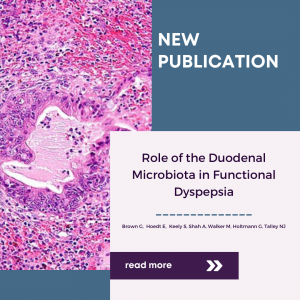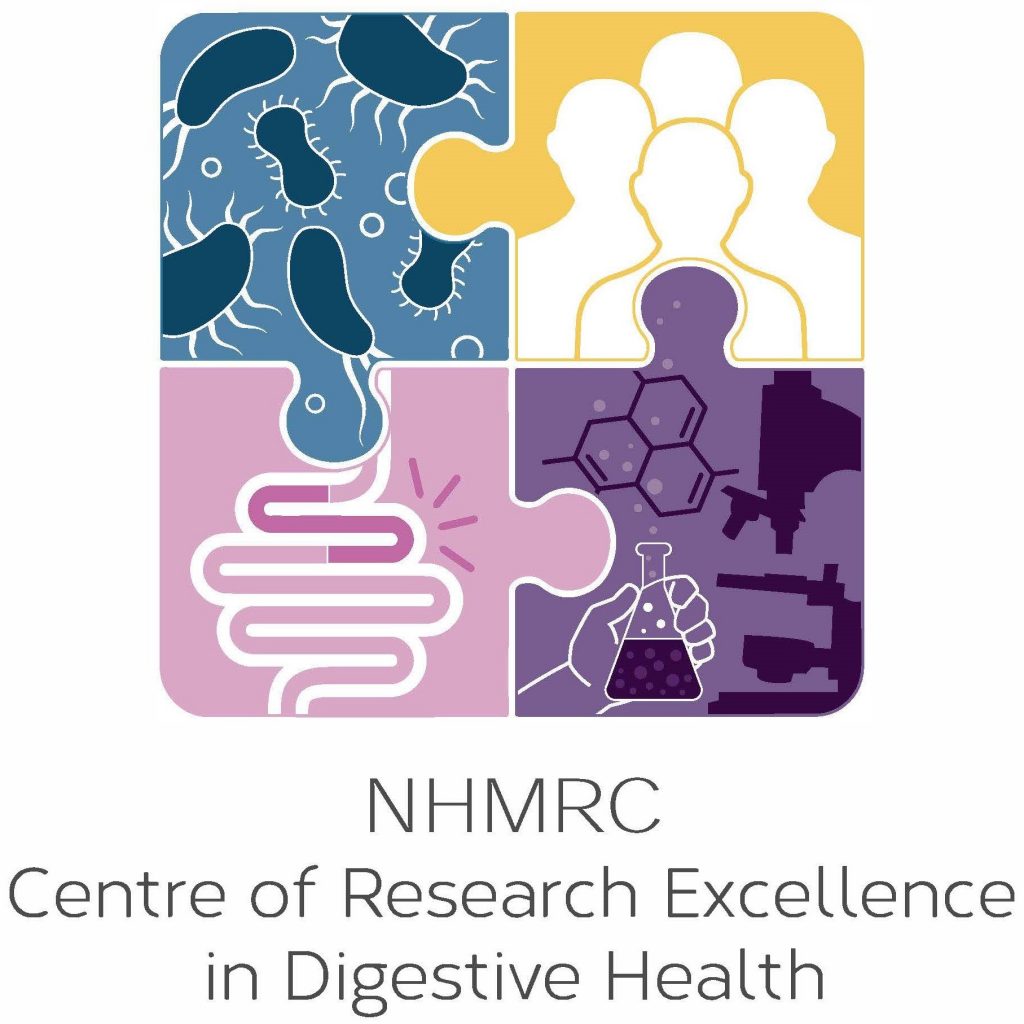New Paper: Role of the Duodenal Microbiota in Functional Dyspepsia
The Centre of Research Excellence researchers have a new published paper “Role of the duodenal microbiota in functional dyspepsia”- a collaborative effort between Georgia Brown, Emily C. Hoedt, Simon Keely, Ayesha Shah, Marjorie M. Walker, Gerald Holtmann and Nicholas J. Talley.

Recent Posts
- One Week Until Professor Nick Talley Embarks On The Larapinta Trek for Doctors for the Environment.
- Digestive Disease Week 2024: Complete List of Presenters
- Australasian Gastro-Intestinal Trials Group 26th Annual Scientific Meeting
- New Study: Exercise for GI Health
- Additional ausEE Inc. Funding Awarded to CRE Researchers
